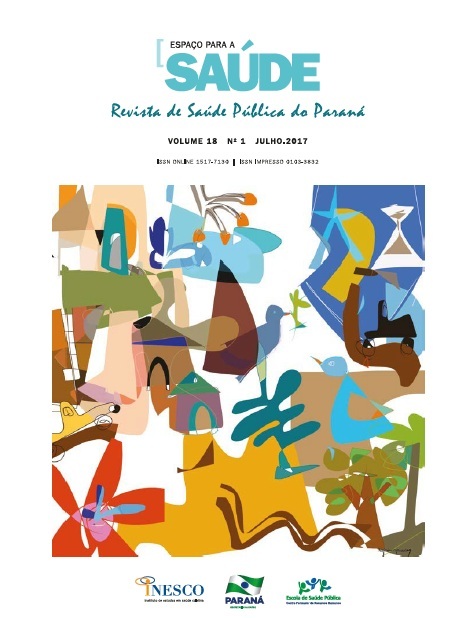Factors involving maternity through third-party genetic material
DOI:
https://doi.org/10.22421/15177130-2017v18n1p129Keywords:
Assisted Human Reproduction, Single parent maternity, Oocyte Donation, Virtual Communication. Infertility.Abstract
Objective: To identify some obstacles faced by women who search for motherhood by using third-party genetic material.
Method: This is an exploratory descriptive study with qualitative approach focusing on available testimonies from two selected virtual spaces for women involved with heterologous Assisted Human Reproduction (AHR).
Results: The reports analysis allowed the identification of a series of problems faced by women who searched for AHR. They highlight the motivation to the process of decision making on heterologous AHR; sympathy about the related experiences; sharing of experiences and developed knowledge; support to other women; shared oocytes and embryos donation; coping with prejudice regarding the use of donated gametes.
Conclusion: Blogs are an important discussion forum with doubts sharing, knowledge and explanation of the ambiguity of this theme. The anonymity seems to help these information exchanges.
Downloads
Published
How to Cite
Issue
Section
License
Copyright (c) 2017 Espaço para a Saúde

This work is licensed under a Creative Commons Attribution 4.0 International License.
Authors who publish in this journal agree to the following terms:
- Authors grant the journal the copyright, with the work simultaneously licensed with Creative Commons CC BY, which allows the sharing of work with recognition of authorship and initial publication in this journal.
- Authors are authorized to assume additional contracts separately, for non-exclusive distribution of the version of the work published in this journal (e.g., to publish in an institutional repository or as a book chapter), with authorship recognition and initial publication in this journal.
- Authors are permitted and encouraged to publish and distribute their work online (e.g., in institutional repositories or on their personal page) at any point before or during the editorial process, as this can generate productive changes, as well as increase the impact and the citation of the published work (See The Effect of Free Access).






